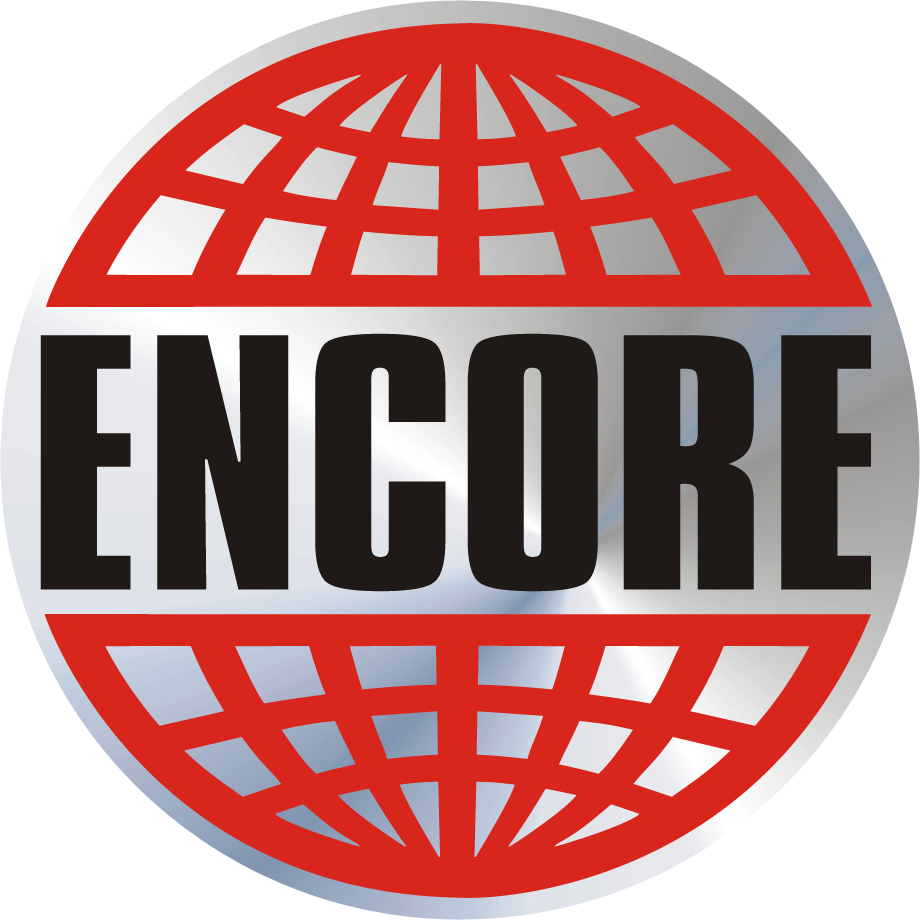When the rubber hits the road
Encore and company transition to a greener, carbon free environment. Our thoughts, programs and plans on how to become a more responsible, corporate citizen and planetary resident. Part two of three.
Photo Credit: Ryan Divine
Let’s move on to the part of our company that actually meets the road. We have researched the rolling resistance of our tires and found there were definitely rubber and tire configuration models that had enough of a decrease in resistance as they rolled down the highway, that they did save fuel. And that increased mileage was good for the environment, our infrastructure needs and the bank.
You might want to check the rolling resistance of your personal tires, those figures are noted right on the specifications. We were always so concerned with traction we never paid much mind to the friction price between the tires and the tarmack.
We looked at the best of the tires, the least friction for every turn of the wheel; and the data was tempting and real. But as we consulted with our tire experts; salesman yes, but damn good ones whose word I can trust; we found there was a loss of grip or traction in these smooth, very hard, lightly gripped tires. In this scenario we always think of that last shred of traction keeping your unit on the road, after slidding over an ice patch, skidding toward a stop sign, or coming out of a greasy mud hole to a hill you ‘have’ to make.
We cannot take that risk. Encore will not give up an inch of traction to save a few dollars of fuel. We have a great operation, a system of known types of tread and tires, and the resulting traction and wear characteristic that is working well. We will not ignore this resistance data, but until better traction is a component of that property, we will stay with the proven methodology we use now.
Even our 18 and 20 inch wide, heavy, front tires are lasting 2-3 years, and some of the trailer rubber is over 7 and still in very good shape. (the center axles). This is a credit to our trailer mechanics, and the bi weekly tire inspections. Maintenance should get much more credit for the longevity of trailer and tractors and the reflective benefits for our carbon footprint and reliability of our fleet. It all works together.
The color white is the most reflective of all the spectrum. It is a safer choice, and if kept up, a bright object, easily visible as we roll down the highways of Alberta. ‘If’ they are kept up. It’s a lot of work washing and brushing down a big unit; but even with our powerful, hot spray system; the trucks appeared to have a dull film, a tired look. The new shine was just a memory. But we have tried a new system. We installed a separate foam system that sprays a blizzard of white over the cab, chassis, and on board cranes. And it has given our units a brand new look. It’s noticeable. No more eye pollution.
Our environmental audit search continued into our yards; which are large enough to become dark places, especially as the winter nights lengthen. We installed 4 large diode lights in one of our yards and replaced one florescent. It was a revelation. They lit the night and the power bill has not changed.
We moved the experiment inside, where we have all florescent ballast lighting; and replaced one light with a similar wattage diode and compared the lights. The diode area was noticeably brighter, almost a glare. Our electrical wizards said they had different shades, they could add yellow. It seemed like they were prepared for this question, because they declared we would get the same light intensity, but cut the glare. That sounds perfect.
If we can reduce our power flow with the building, by more than half we are told, that will be a great saving for us, once the initial costs are paid. Whatever the short term price is; the long term environmental and infrastructure benefit have to have an impact. Spread our little experiment over the city, and we have an incredible carbon reduction, and a similar reduction in power generating needs.
We need that power for other uses. Many of Encore’s units are parked outside, in the lot. Each has its own designated spot, but all the units, in cold weather, are plugged in, and most plugs are dual function, or triple. Block heaters, battery chargers, battery box warmers, and a few pan heaters. That’s a lot of power pounding thru the meter box and we looked for a way to save some of that expense; how can we use less power?
And we found a way. Our plug in systems are now on a temperature controlled timer. Diesel engines don’t start getting cranky until about minus 7 degrees centigrade. Our system doesn’t turn on until the temp goes below that, otherwise it’s not even on. And unless its 25 or 30 below, we have the power cycle in 30 minute intervals. So even when it is full on, it’s still off half the time.
But let’s be realistic, at 25 or 30 below, we don’t want that cycle off for a split second. So at that point we override the system and switch everything to ludicrous speed. The savings are still significant but 30 below is a game changer. All the rules change, and this implacable foe must be fought with all available resources. This is Canada not Bermuda.
